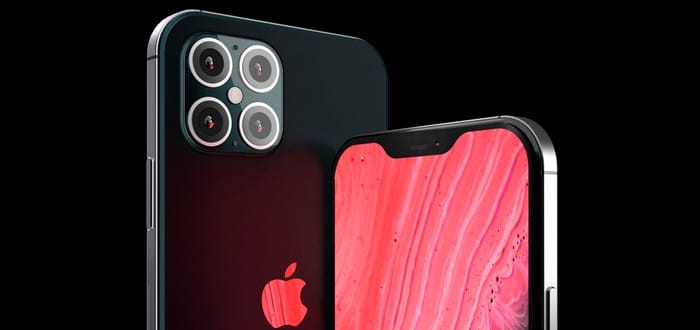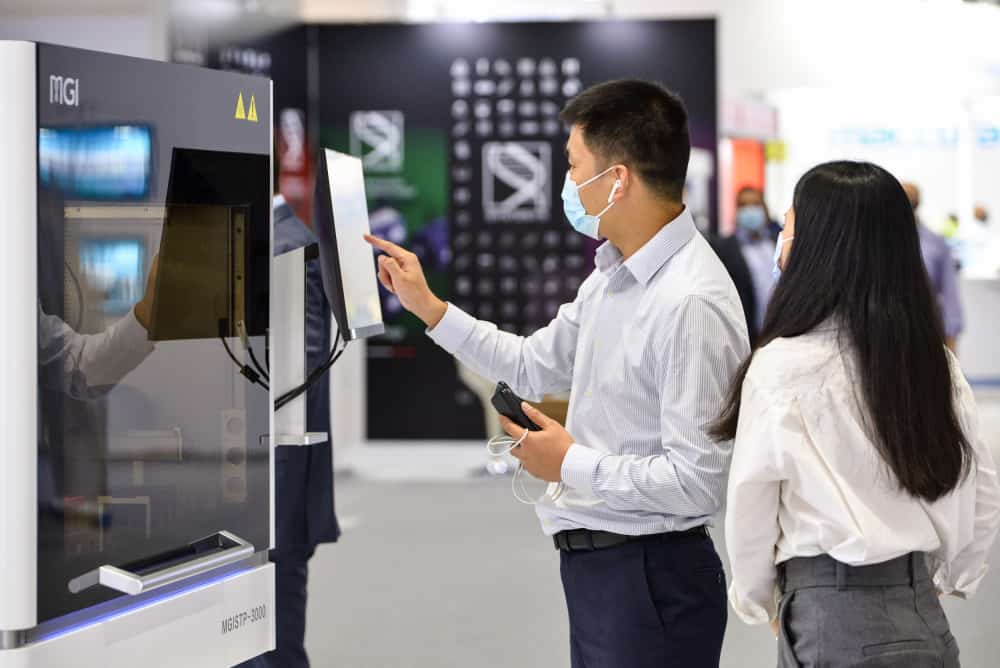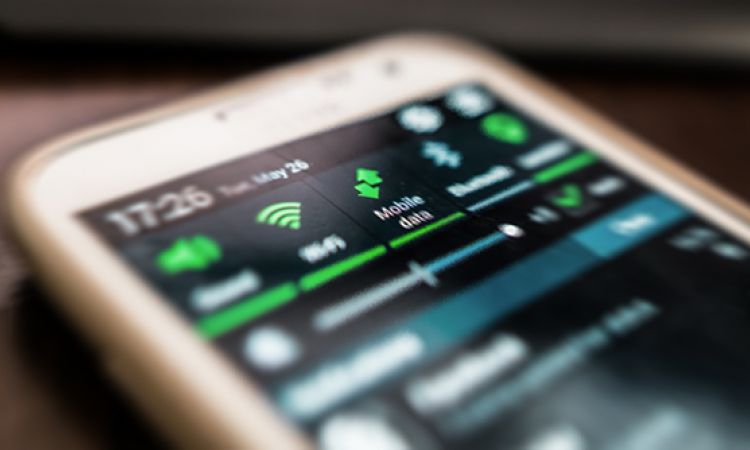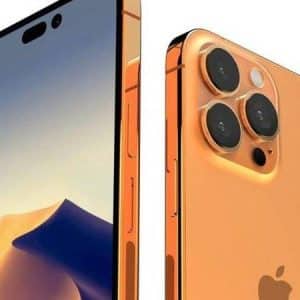Make sure your iPhone parts are secure

Make sure your iPhone parts are secure
Make sure your iPhone parts are secure
How to check if your iPhone contains non-original parts
#Sorry, the article is a little long. But the article must be given its due
When you buy a used device or get an unofficial repair, you run the risk of getting counterfeit parts in your iPhone.
While previously repaired or recycled iPhones can come with some defects, it's best to buy devices that still have their original parts. Genuine iPhone parts are designed not only to function, but also to meet the safety requirements necessary for everyday use.
With an original iPhone, your used device can still be covered by the Apple warranty for repairs or recalls for factory defects. Here are some ways to check if your iPhone still has all of its parts
The safety of the original camera
With iOS 13.1 and later, Apple started sending warnings to iPhone users that contain non-original parts. While this usually appears as a notification on the lock screen,
You can also go to Settings > General > About. As in picture number (#1)
If your device contains non-genuine parts, it will display a warning that, (#This iPhone cannot be verified to have a genuine [part] from Apple.) This is likely to happen to iPhones with fake or aftermarket displays. As in picture number (#1)
With iOS 14.1 and later, iPhones with camera replacements that are not certified by Apple (This iPhone could not be verified to have an original Apple camera) will show.
#Note: Currently, this alert does not cover all parts of the iPhone. However, the camera and screen are two of the most common parts of the iPhone with repair issues.
Battery safety
Even for iPhones with original parts, battery health naturally decreases with time and use. However, poor battery life can also be a sign that the device has been repaired.
Low battery health at an unusual rate can sometimes be an indication that your device is working too hard to compensate for non-original parts. Fake parts often perform at a level that may be usable, but not sustainable in the long run for your iPhone. Any will drain the battery in a short time
In 2021, Apple released an update that allowed all iPhone models released from 2018 onwards to show a non-original battery alert. If you bought an iPhone XS, XS Max, XR, or later, you'll automatically get this warning.
The alert says, "This iPhone could not be verified as having an original Apple battery. Health information is not available for this battery."
Once Apple identifies non-genuine parts, the warning will remain on the lock screen for four days and in Settings for 15 days. You can also check Settings > Battery > Battery Health at any time. As seen in Picture No. (#2)
fluid sensors
Every generation of iPhone has built-in water sensors located inside the SIM card tray slot, as described on the Apple Support website. For earlier iPhone models, the liquid sensor is also located inside the headphone jack or dock connector. Most fake iPhone makers won't go so far as to copy the liquid detection indicators because few people verify them.
Generally, Apple uses a white indicator, but it will turn red or pink once it comes into contact with water. Liquid detection indicators help determine if your phone has ever had water damage and is at risk of corrosion.
If you determine that your iPhone was water damaged, it also likely has a history of repairs from unauthorized service providers. Apple Authorized Repair Centers are only permitted to replace the entire device if it came into contact with liquid, not the individual parts. As shown in picture No. (#3)






